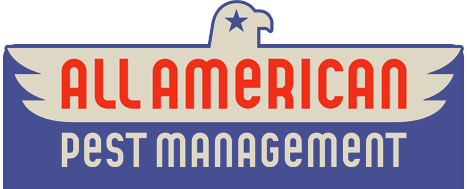Hornets, Wasps and Stinging Insect Nests
Insects often like to live around humans because humans provide food, shelter, water, and protection from predators. Humans can also be a threat to insects in the form of swatting, extermination, or taking down nests. Homeowners tend to not want bees, wasps, or hornets building homes around theirs. Although stinging is a primary concern, there is also the potential for property damage.
It is unsurprising that homeowners want to avoid stinging insects on their property. People who are allergic to stinging insects—bees in particular—may be at serious risk from an infestation near their home, as that reaction can be fatal in some cases. Otherwise, the stings are more of a nuisance, but one that is more likely to happen to people who do not know what to look for or how to avoid them.
Once summer is in full swing, wasps and stinging insects may appear around your home. How can you detect them early before they become a problem?
Wasps and hornets’ nests often start as honeycomb shaped hives under roof shingles or beneath the eaves of your house. Even if they are small, it’s best to contact a professional to remove them safely.
Make sure you have visual signs of where the stinging insects are coming from. If you don’t see a nest, then insects you see coming from flowers may just be foraging. Make sure you see an active nest before calling a pest control professional.
Early signs of a wasp or stinging insect nest include visible structures, large numbers of swarming insects in one area, and buzzing noises coming from trees, rooftops, and wall voids.
If you have wooden walls, check for gaps that can be an entry point for wasps. Wasps are territorial and are aggressive around their nest.
Wasp nests are built throughout the spring and summer months as the colony expands. A fully developed nest can take up to 4-6 months to be completed.
Wasp’s nests resemble a round grey or brown structure with a papery exterior. You should always contact a professional to remove a nest.
At the end of the season, worker stinging insects typically forage where sugar can be found, often around dumpsters. This is usually insects feeding near the end of their life cycle, and not a nest.
If you are having issues with a stinging insect nest in your home or business, contact All American Pest Control. We have the experience and equipment to do the job and keep your family safe.





